Description
The coin tray has been a common dealer item since the mid-1800’s. The great Robert Houdin in his Secrets of Conjuring of Magic c. 1868 (pg. 108-115) describes the basic effect in The Multiplication of Money using golden coins – and just in case you were thinking otherwise, he wisely reminds you not to use real gold coins … “It is well as a measure of precaution to use imitation coins, for in a mixed audience genuine gold coins might possibly go astray in the hands of some of the spectators.”
A gimmicked tray is described in Hoffmann’s Modern Magic in the section: The Multiplication of Money: magician vanishes three coins, they appear with other coins held by a spectator. (pg. 176).
From ConjuringCredits.com we have: The history of the idea can be seen in an earlier item recorded by J. N. Ponsin in La Nouvelle Magie Blanche Dvoile (1853, p. 243), in which the tray is ungimmicked. The coins to be secretly added are held by the fingers below the tray and released as the coins on the tray are spilled off it.
Mel’s version is robustly made in hardwood with a black felt center strip. It works with coins as large as Silver Morgans. Of course you can also be inventive and use tokens, keys, medals, poker chips, and even sticks of gum (as suggested by George Robinson).
Effect: Ten coins are counted by a spectator onto a wooden tray. The coins are then dumped back into the spectator’s hands and he is instructed to keep the coins held tightly between them. The magician takes three other coins and causes them to vanish (using his favorite method).
When the spectator now counts the coins in his hands, he finds he has thirteen. Apparently, the three vanished coins have traveled to join the ten coins in the spectator’s hands.
(Notice: Use your own coins )
(Notice: Includes: Printed Instructions.)
( Post Source: martinsmagic.com - click for details )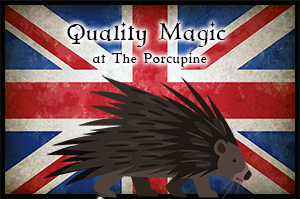
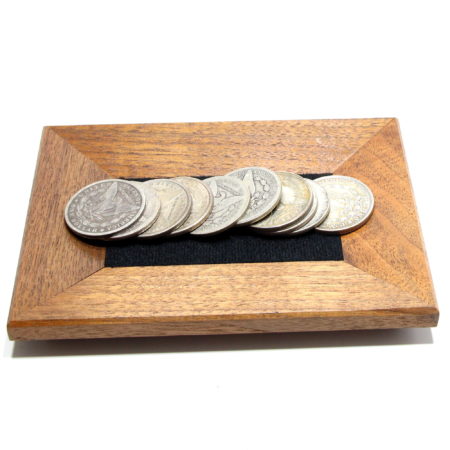
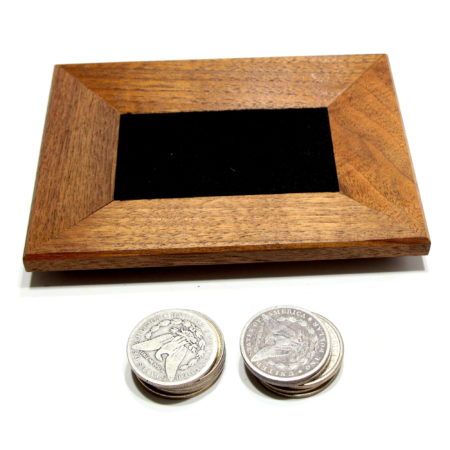
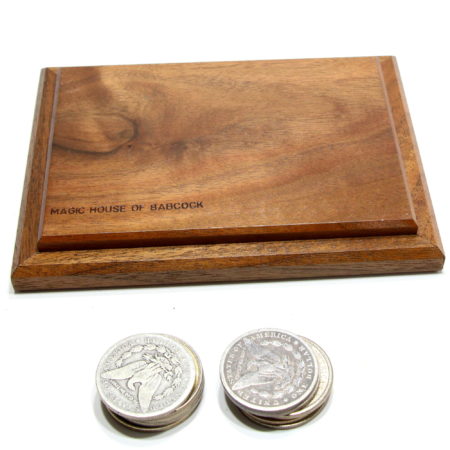
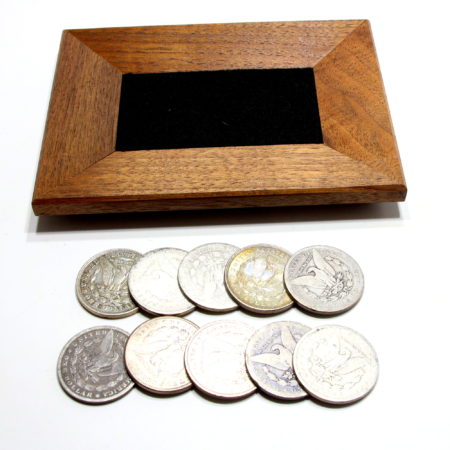
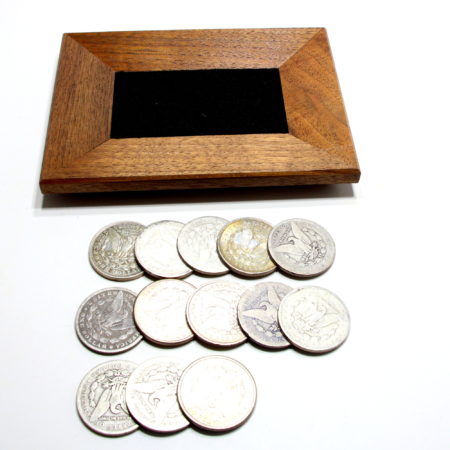
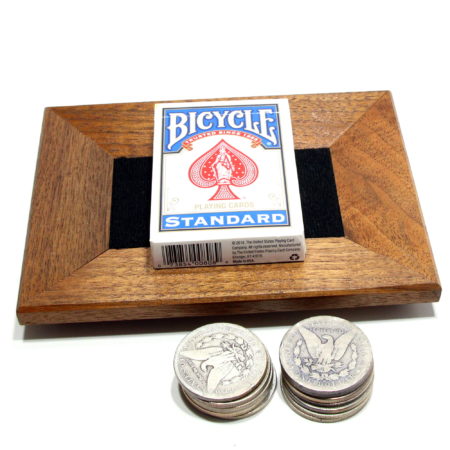
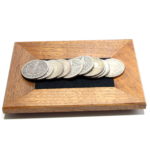

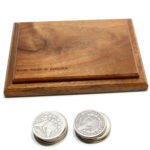
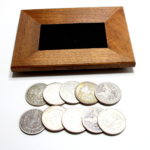
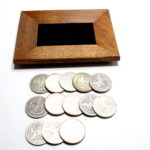
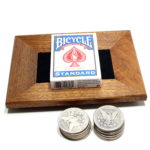
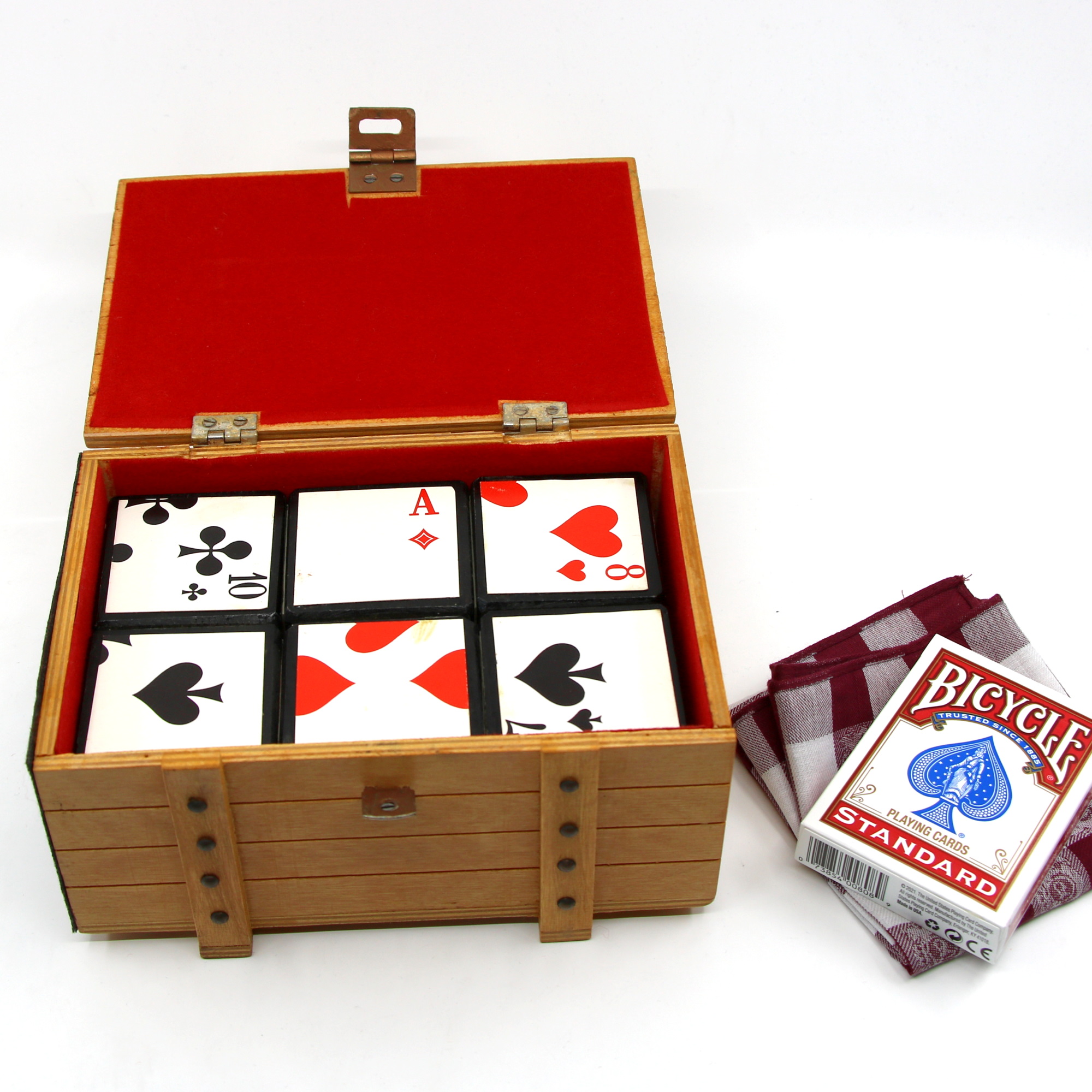 Card Dice (Jumbo) (Kartenwürfel) by Vienna Magic, Wolfgang Grosskopf
Card Dice (Jumbo) (Kartenwürfel) by Vienna Magic, Wolfgang Grosskopf
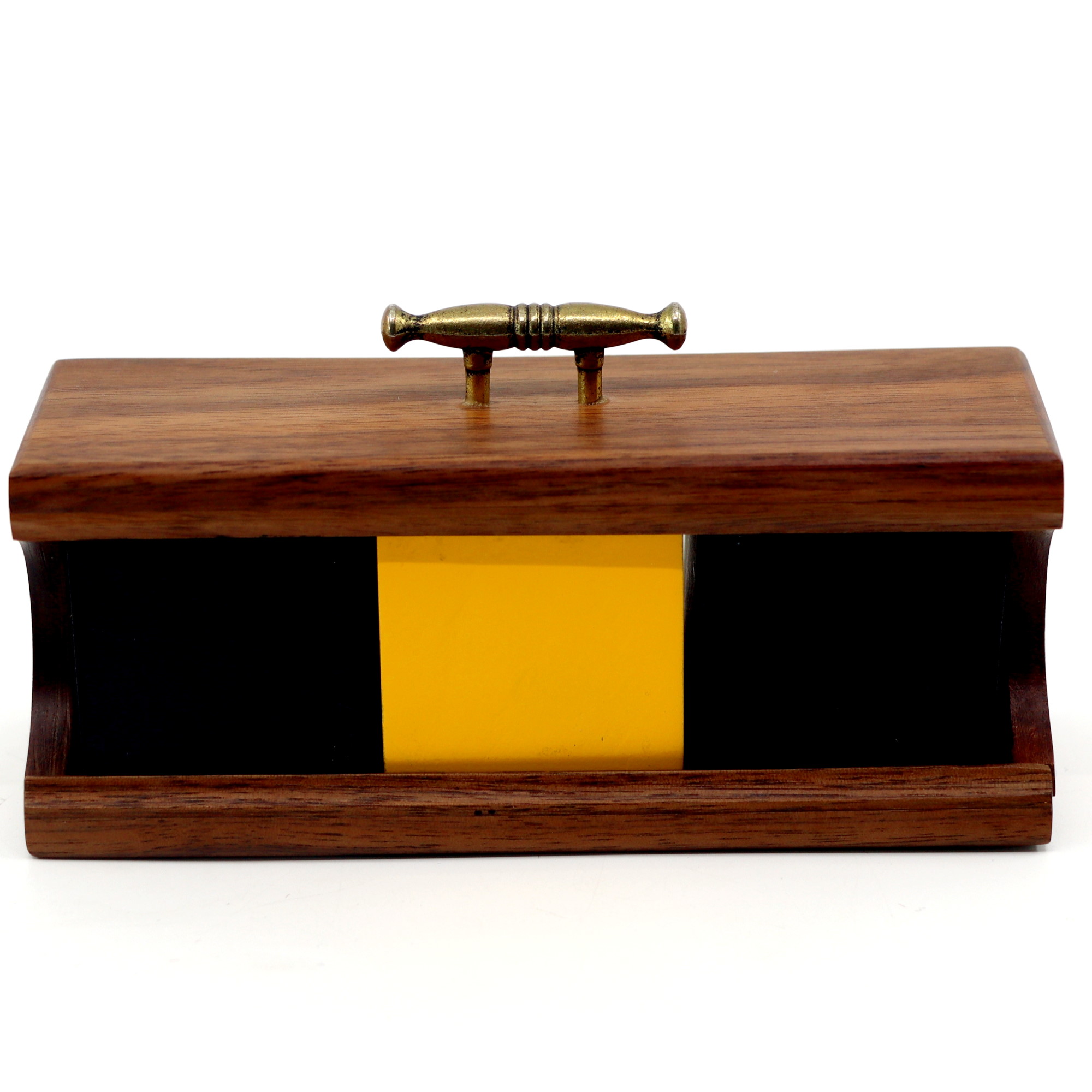 Mini Squeeze Away Block (1 of 12) by Conjuror’s Workbench
Mini Squeeze Away Block (1 of 12) by Conjuror’s Workbench
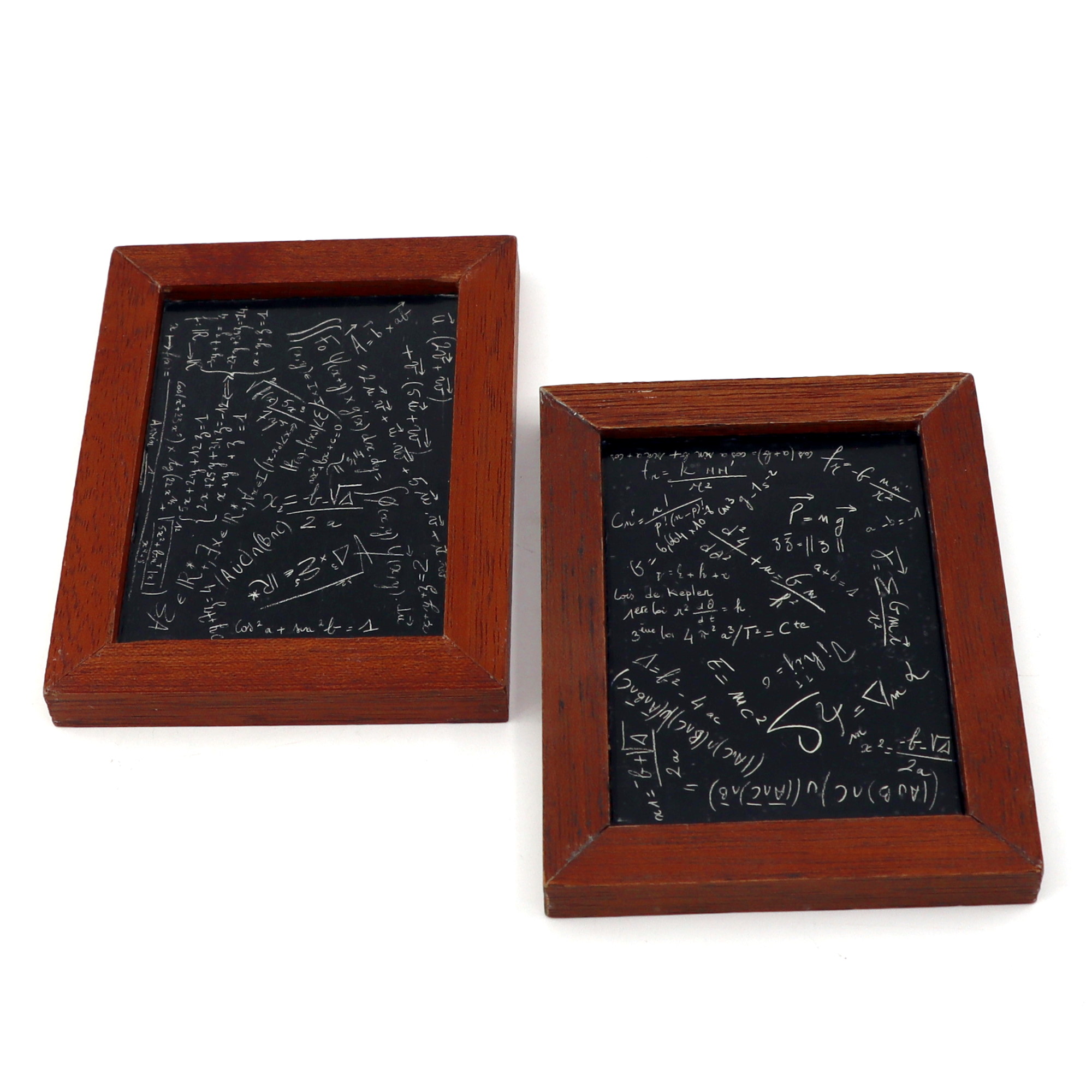 Einstein’s Blackboards by Jeff Busby, Dominique Duvivier
Einstein’s Blackboards by Jeff Busby, Dominique Duvivier
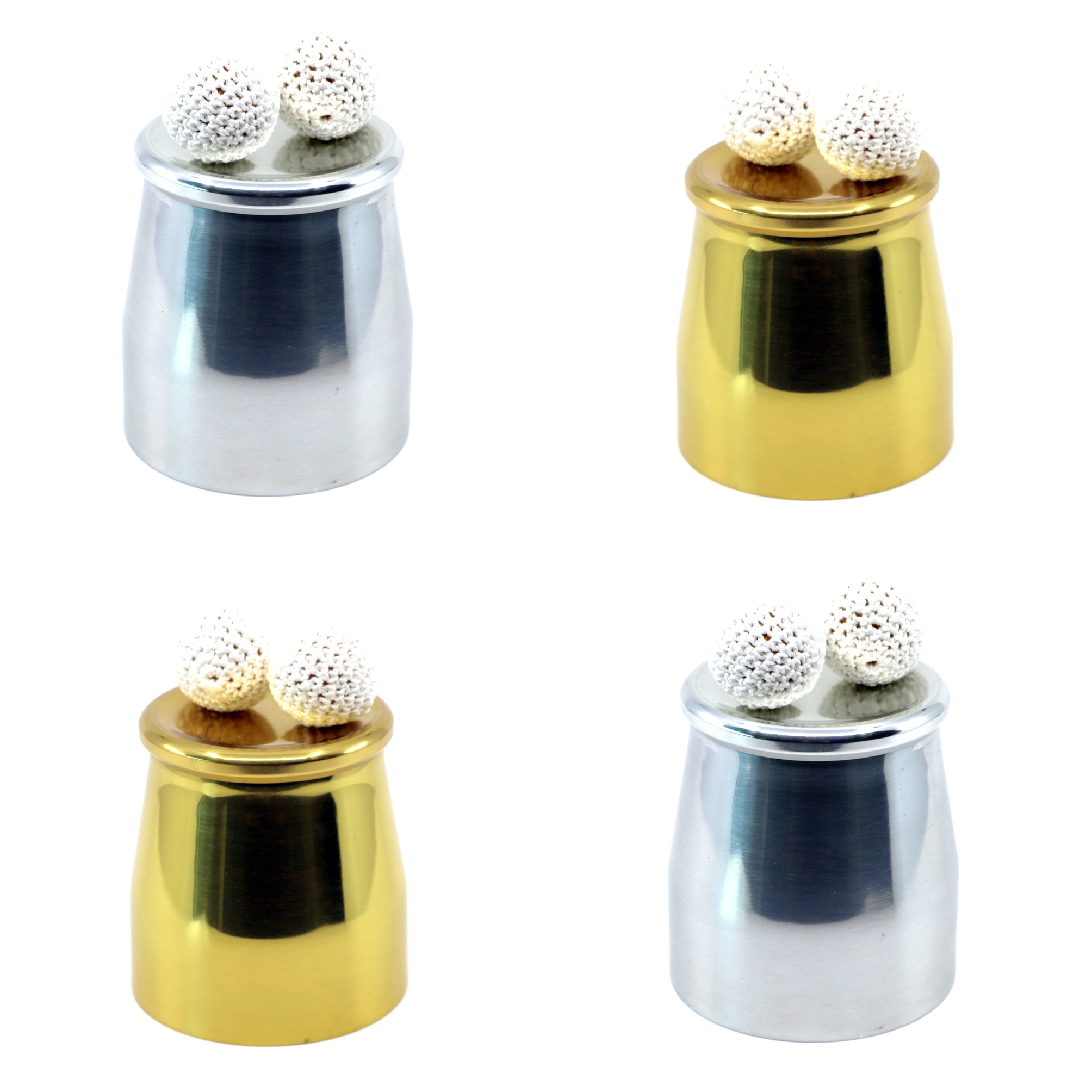 Both Wellington Enterprises Perfect Chop Cups
Both Wellington Enterprises Perfect Chop Cups
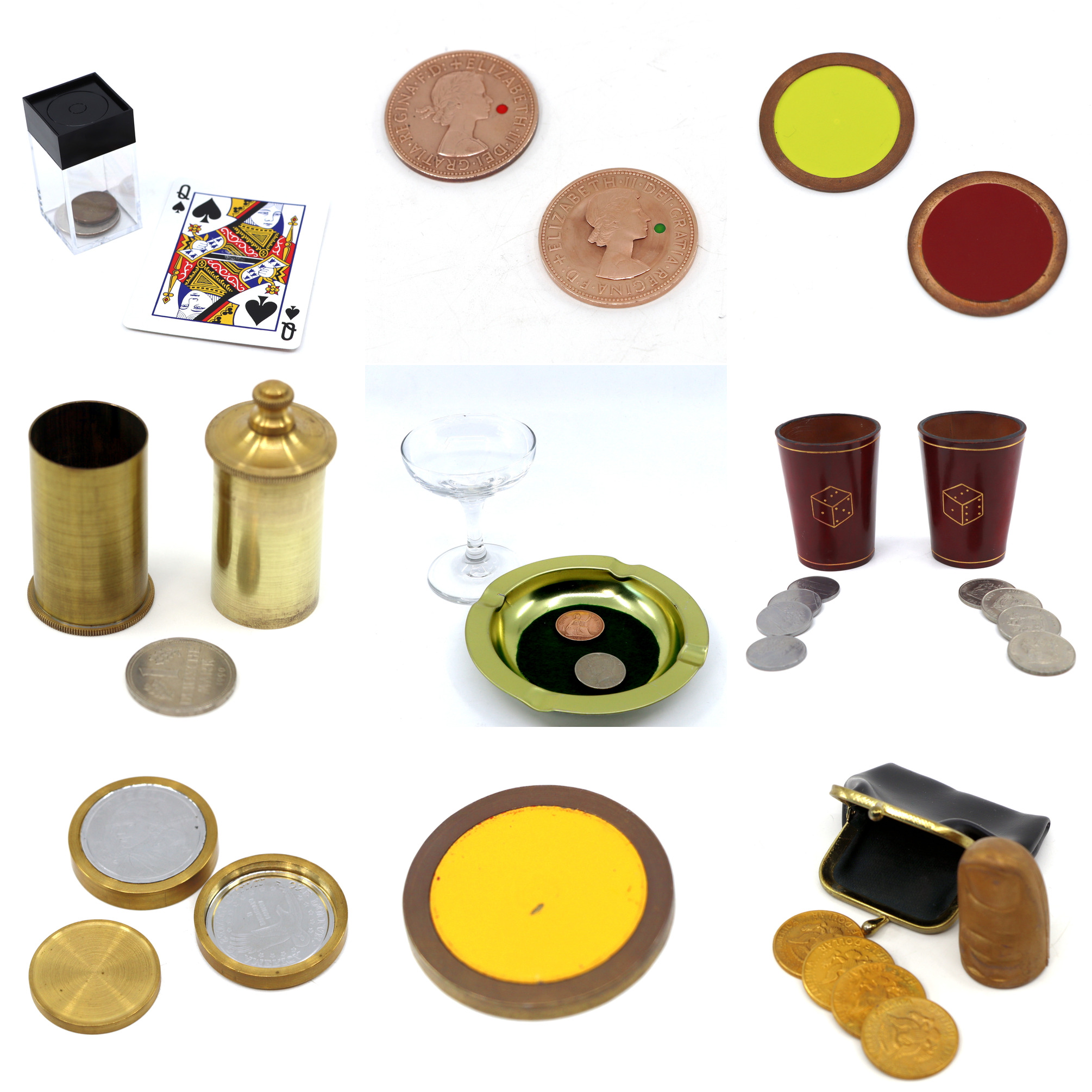 Amazing Coin Close-up Lot by Delben, Swadling, Davenports, Inzani-Henley, Mason, et al
Amazing Coin Close-up Lot by Delben, Swadling, Davenports, Inzani-Henley, Mason, et al